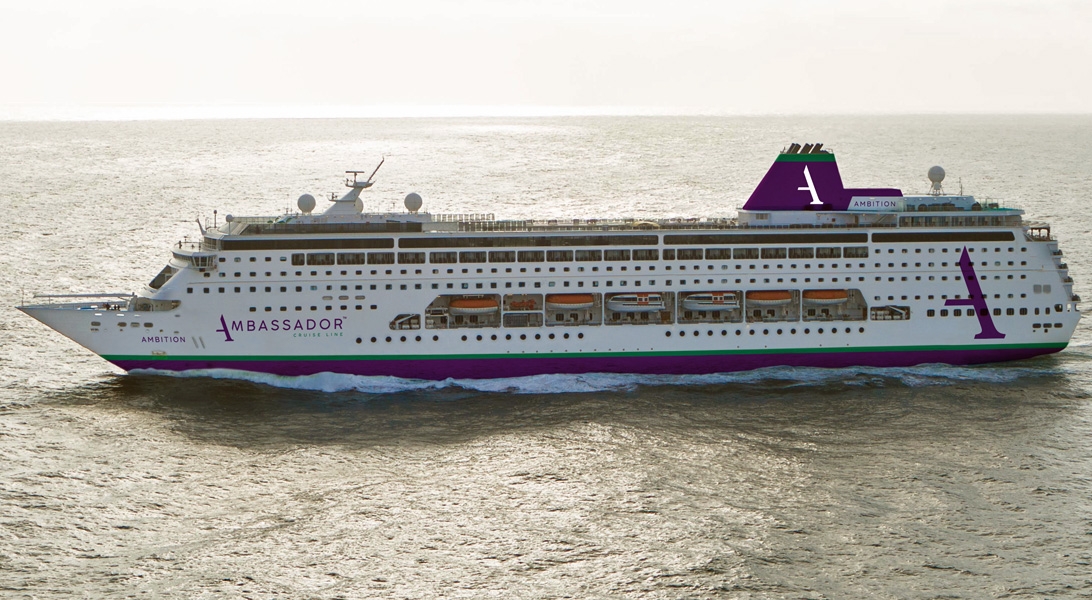This site uses cookies as defined in our Cookie Policy, by continuing to use this site you agree to their use.
Continue
You’ll be pleased to know that our cruise ships’ eco-credentials are IMO Tier III compliant meaning we can sail to the heart of this UNESCO-listed part of the world, unlike many other cruise lines.
Experience a unique maritime journey commencing in Lerwick, Shetland Isles, where Viking history meets rugged landscapes. Proceed to Andalsnes, a gateway to Norway's scenic wonders, followed by Geiranger, a UNESCO-listed fjord village embraced by dramatic cliffs. Immerse yourself in the charm of Bergen, framed by fjords and vibrant urban li...
Lerwick, Shetland Isles
Lerwick, nestled in the Shetland Isles, whispers tales of Vikings and Scottish history. Take leisurely walks through its winding streets, learn the history of lighthouse-keeping at Bressay Lighthouse, and breathe in the salty North Atlantic breezes atop the Knab promontory.
Andalsnes
Nestled amidst majestic Norwegian landscapes, Andalsnes captivates with its subtle grandeur. Fjords, mountains, and lush valleys create a breathtaking backdrop for exploration and reconnecting with nature.
Bergen
Known by some as 'The City of Seven Mountains', Bergen exudes the full richness of Norway's natural splendour. UNESCO-listed Bryggen is a reminder of the town's historic importance as a trading port, while the surrounding fjords offer breathtaking vistas.
Eidfjord
Nestled amidst Norway's dramatic fjords and verdant landscapes, Eidfjord is a place of sublime beauty. Explore the rugged footpaths of nearby Hardangervidda National Park or sit back and take in the wondrous vistas from a quayside cafe.
| Arrive | Depart | |||||
| 16th16 | SepSep | 202525 | Liverpool, England, embark on the Ambition | 17:00 | ||
| 17th17 | SepSep | 202525 | At Sea | |||
| 18th18 | SepSep | 202525 | Lerwick, Shetland Islands, Scotland | 09:00 | 17:00 | |
| 19th19 | SepSep | 202525 | At Sea | |||
| 20th20 | SepSep | 202525 | Åndalsnes, Norway | 08:00 | 17:00 | |
| 21st21 | SepSep | 202525 | Geiranger, Norway | 08:00 | 17:00 | |
| 22nd22 | SepSep | 202525 | Bergen, Norway | 12:00 | 20:00 | |
| 23rd23 | SepSep | 202525 | Eidfjord, Norway | 08:00 | 18:00 | |
| 24th24 | SepSep | 202525 | At Sea | |||
| 25th25 | SepSep | 202525 | Invergordon, Scotland | 08:00 | 18:00 | |
| 26th26 | SepSep | 202525 | At Sea | |||
| 27th27 | SepSep | 202525 | Belfast, Northern Ireland | 07:00 | 18:00 | |
| 28th28 | SepSep | 202525 | Liverpool, England, disembark the Ambition | 07:00 |
